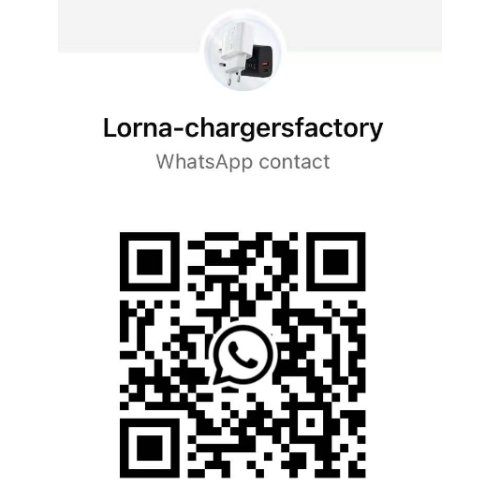How a 20W fast car charger work
How a 20W Fast Car Charger Works?
You plug your phone into a small adapter in your car, and within minutes, the battery percentage starts climbing rapidly. It feels like magic, but it’s actually a sophisticated technological process. A 20W fast car charger, especially one with USB-C Power Delivery (PD), is much more than a simple plug.
So, how does it take your car's power and safely charge your phone at top speed? Let's break down the journey of power from your car's socket to your device's battery.
1.Tapping Into Your Car's Power: The 12V Source
The process begins at your car's accessory socket (the modern version of a cigarette lighter). This port provides a direct current (DC) of around 12 volts (it can fluctuate between 12V and 14.4V when the engine is running). However, your smartphone, tablet, or other USB device cannot handle this much voltage directly. Plugging it straight in would instantly destroy its sensitive circuitry.
This is where the car charger's primary job comes in: voltage conversion.
2. The Brains of the Operation: The PCBA and Voltage Regulation
Inside the charger's casing is its "brain"—a Printed Circuit Board Assembly (PCBA). This board is packed with tiny, powerful components that manage and convert electricity.
When you plug the charger in, the 12V DC power flows into the PCBA. Here, specialized components like transformers and voltage regulators get to work. They efficiently "step down" the 12V input to the lower voltages required for USB charging, typically 5V or 9V for a 20W charger. This conversion must be stable and clean to provide a safe source of power.
3. The "Smart" Conversation: The Power Delivery (PD) Handshake
This is what separates a "fast" charger from a standard one. Modern devices use a protocol called USB Power Delivery (PD) to charge quickly. This protocol allows the charger and your device to have a "conversation" to determine the fastest and safest charging speed possible.
Here’s how this "PD handshake" works over a USB-C connection:
Introduction: You connect your phone. The charger sends out a signal saying, "Hello, I am a 20W Power Delivery charger. I can provide power at 5V 9V and 12V."
Negotiation: Your phone’s charging circuit responds, "Hello, I am a PD-compatible device. I can safely accept 9V for fast charging."Agreement: The charger receives this information and agrees, "Excellent. I will now switch to 9V output to charge you at maximum speed."
This entire negotiation takes a fraction of a second. It ensures that your device receives the optimal voltage and current without being overloaded, which is the key to achieving a 20W charge rate (e.g., 9V at 2.22A).
4. Safety First: The Built-in Protection Mechanisms
A well-made car charger is also a guardian for your expensive devices. Its PCBA includes multiple safety circuits designed to prevent disaster:
Over-current Protection (OCP): If your device tries to draw too much electrical current, the charger will automatically cut the power to prevent overheating and damage.
Over-voltage Protection (OVP): This protects your device from dangerous voltage spikes that can occur in a car's electrical system.
Short-circuit Protection (SCP): If a short circuit is detected (for example, in a faulty cable), the charger immediately shuts down to prevent a fire or damage to both the charger and your phone.
5. More Than Just a Wire: The Role of the Spiral Cable
The cable itself is an integral part of the system. A spiral cable on a 20W charger is engineered to:
Handle the Power: It contains wires thick enough to carry 20 watts of power without overheating or losing efficiency.
Provide Durability: Its coiled design is built to withstand constant stretching and retracting.
Ensure Convenience: It stays tidy and out of the way, preventing tangles that could be distracting while driving.
From Blueprint to Performance: Why Quality Manufacturing Matters
Understanding how a charger works also means appreciating how it's built. The reliable function of voltage conversion, the PD handshake, and safety features all depend on manufacturing precision.
SMT (Surface-Mount Technology) and Plugin processes place the tiny controllers and robust capacitors onto the PCBA with pinpoint accuracy.
PCBA Soldering creates strong, flawless connections so that power flows without interruption.
Rigorous PCBA and Function Testing confirm that every safety feature is active and the charger delivers a stable 20W output.
In the end, a 20W fast car charger is a miniature powerhouse of technology, intelligently converting, negotiating, and protecting to keep you connected on the move.
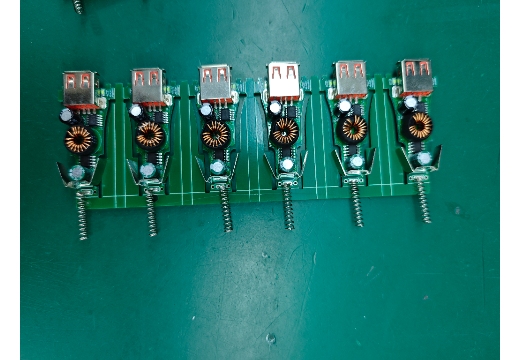
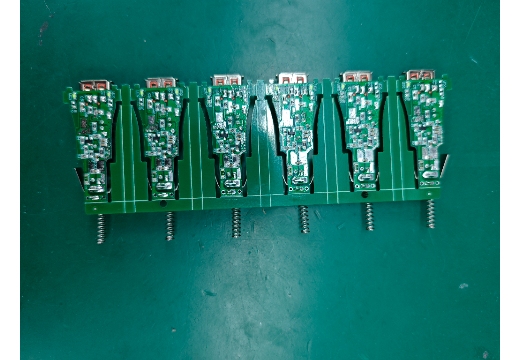
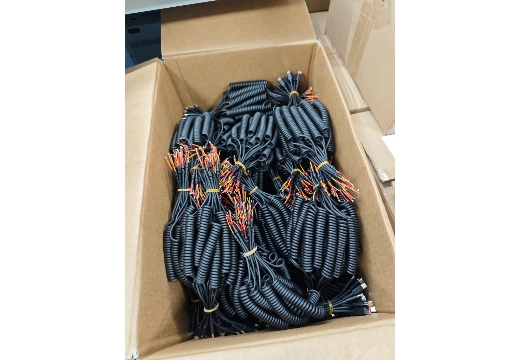
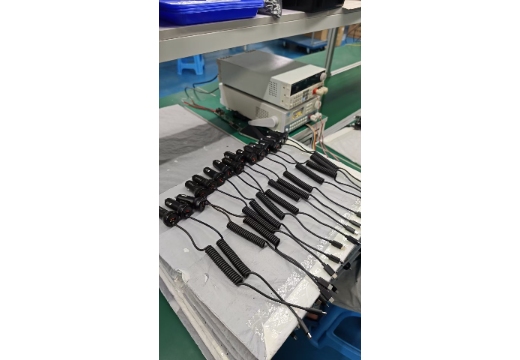
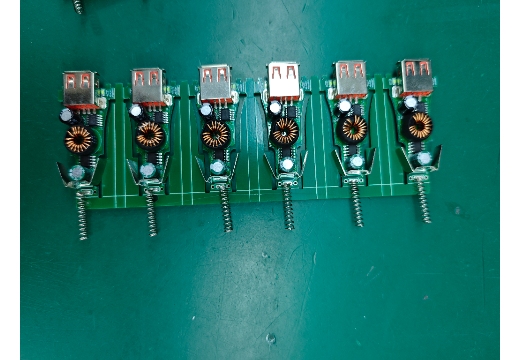 How a 20W fast car charger work
How a 20W fast car charger work
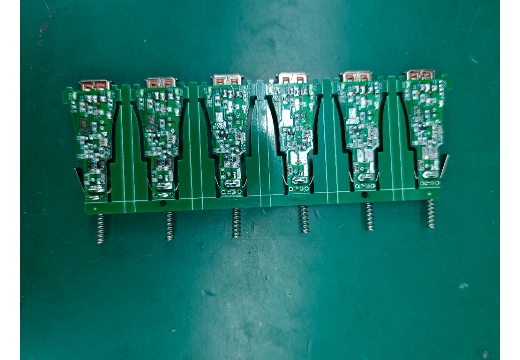 How to made 20W fast car charger with a spiral cable ?
How to made 20W fast car charger with a spiral cable ?
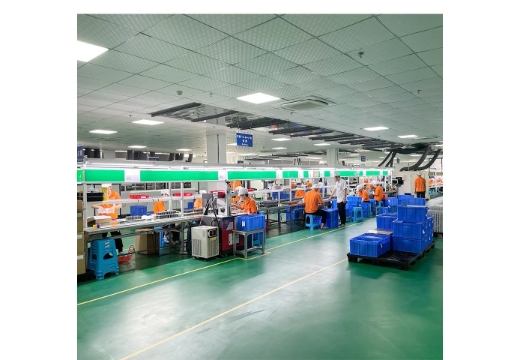 Quality Control for LiRui USBC Charger workshop
Quality Control for LiRui USBC Charger workshop
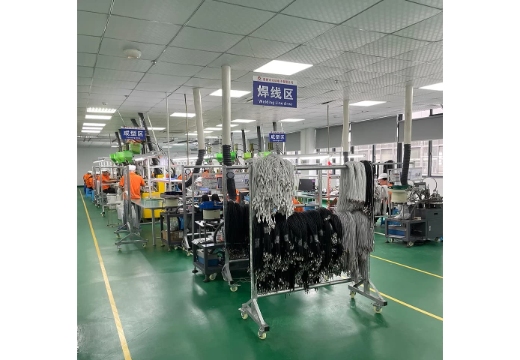 Quality control for Lirui USB cable workshop
Quality control for Lirui USB cable workshop

